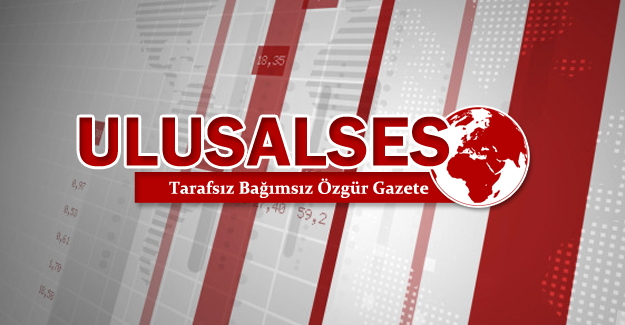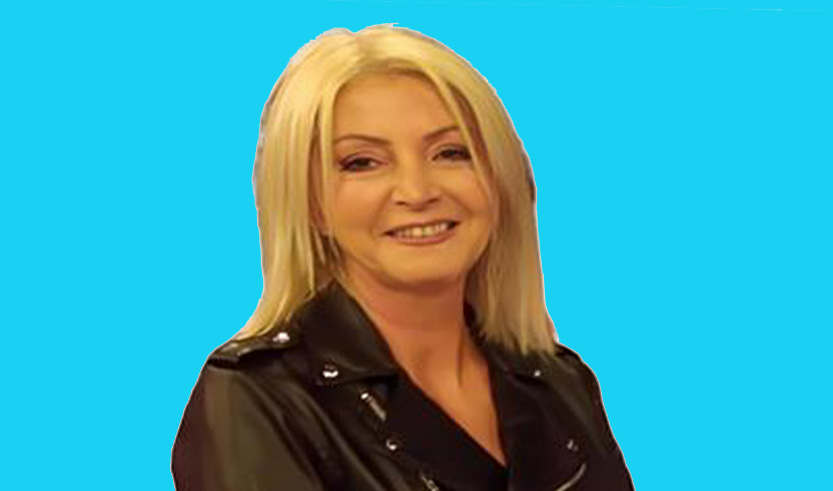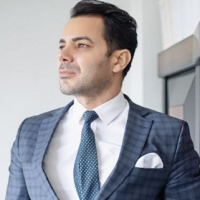(Adds video)
Öykü Altuntaş / Istanbul, Dec 30 () – TIME magazine uncovered the story of Alan Kurdi’s photograph, the three-year-old Syrian toddler who has drown off Turkey’s Bodrum and marked the agenda of international media, then world’s powerful politicians.
TIME’s report entitled “Alan Kurdi’s Story: Behind The Most Heartbreaking Photo of 2015” said the image of Alan “became a symbol of all the children who lost their lives trying to reach safety in Europe and the West”.
TIME that has picked Alan’s image washing ashore, lifelessly, amongst the top 10 photos of 2015 revealed its interview with photo-reporter Nilüfer Demir, who has taken the historical picture.
“In the morning, at around 6 a.m., I came to that area. We saw a little dead body at the beach. The coastline of Bodrum was like a children graveyard that day” Demir told TIME.
“I did what my duty requires me to do and my job is to mirror their lives, their sufferings and the challenges they are facing during the journey” Nilüfer Demir added.
In its video report, TIME also had wide coverage to views of Human Rights Watch’s (HRW) Peter Bouckaert regarding the photo and the “refugee crisis”. Bouckaert has shared the photo on social media and it has gone viral almost instantly, “retweeted by thousands in minutes, hours”.
“His lifeless body lying half in the waves, with its sneakers sticking out…It just made me realize that a parent lovingly put those shoes on his feet that morning, hoping to get him to a better place” Bouckaert said.
Bouckaert, having underlined he has been in Turkey in the smuggler camps, said “You can hear the screams of people being forced on to this boats using tremendous violence. Smugglers put the people on the boat then they tell one of the refugees to stir the boat, often times in complete darkness”.
“That is what happened in the case of Alan Kurdi. It was Alan Kurdi’s father who was actually driving the boat. And many boats end up in trouble all the time”.
HRW’s Bouckaert said he has twitted the image minutes after he saw it, and he has got messages back saying “Why did you tweet this horrific image? You should not have done it!”
“We should be outraged by the fact that children are drowning off our beaches and not the image showing the result” he urged.
“Obviously it went viral far beyond my Twitter account. That same day I was contacted by many many newspaper editors to discuss whether they should put the picture on the cover of the newspaper the next day” Bouckaert stressed.
TIME’s report showed footages of Alan Kurdi picture on international newspapers’ cover pages marking September 3, 2015, including The Guardian, Daily Mail, El Mundo, Le Soir, and Haaretz.
“Ordinary people said enough is enough. These drownings have to stop. It moved to politicians” he underlined, reiterating UK Prime Minister David Cameron has revealed that Britain “was to take in 20,000 refugees”, shortly after the incident.
"Anyone who saw those pictures overnight could not help but be moved and, as a father, I felt deeply moved by the sight of that young boy on a beach in Turkey” Cameron quoted in the story.
“This was a very powerful symbol of what we have been witnessing for years in the crisis” HRW’s Peter Bouckaert told TIME.
“It could be our child. And I think that is why the image had such a tremendous power across the world” he said.
Bouckaert told he has been recently contacting and urging social media users to take down the Alan Kurdi from their profiles:
“I think it is important that we give Alan Kurdi back his privacy and his dignity. It is important to let this boy rest now.”
Video Stream
-----------------------------
Video released by TIME magazine:
- Footage of migrants' journey by sea
- Interview with Photo-reporter Nilüfer Demir
- Interview with Human Rights Watch's Peter Bouckaert
- Interview with Alan Kurdi's father
- Footage of cover pages of newspapers showing Alan Kurdi's image
FEED





















